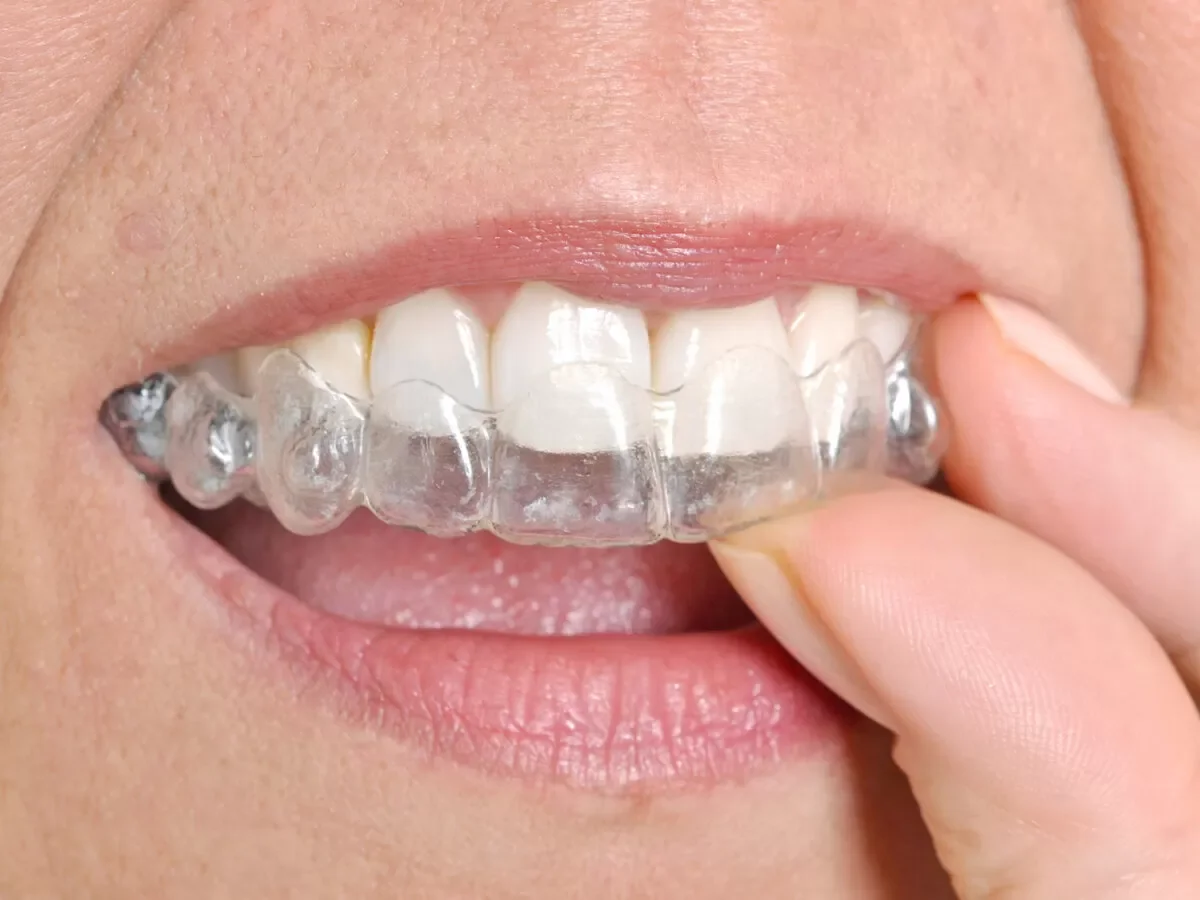In the realm of modern orthodontics, there exists a silent but significant revolution – the concept of “air gap Invisalign tracking.” In this article, we will unravel the mysteries of this groundbreaking innovation that is transforming the way we approach orthodontic treatments.
The Evolution of Orthodontics
Before delving into the specifics of air gap Invisalign tracking, let’s take a moment to appreciate the evolution of orthodontics. Gone are the days when metal braces were the only option for straightening teeth. Today, Invisalign has emerged as a revolutionary alternative.
Understanding Invisalign
Invisalign is a system that employs a series of clear, removable aligners to gently shift teeth into their desired positions. Unlike traditional braces, these aligners are virtually invisible, making them a popular choice among individuals seeking a discreet solution to their orthodontic needs.
The Importance of Precision
At the heart of every successful Invisalign treatment lies precision. The fit of the aligners is paramount to the effectiveness of the treatment. This is where air gap Invisalign tracking comes into play.
Demystifying Air Gap Invisalign Tracking
So, what exactly is air gap Invisalign tracking? In simple terms, it refers to the minute space or gap between the Invisalign aligners and the patient’s teeth. This seemingly insignificant space holds the key to the success of the entire treatment.
The Significance of the Air Gap
The air gap is not just a random space; it’s a deliberate part of the treatment process. Here’s why it matters:
1. Precision
The air gap allows orthodontists to monitor the movement of the teeth with great precision. It provides a visual indicator of how well the aligners fit.
2. Tracking Progress
Orthodontists use this space to track the progress of the treatment. Any deviations or irregularities can be addressed promptly.
Technology at Play
Air gap Invisalign tracking relies on advanced technology and meticulous measurements:
1. Digital Scanning
Orthodontists use digital scanning to create precise 3D models of the patient’s teeth. This technology captures even the minutest details of the dental structure.
2. Computer Algorithms
Sophisticated algorithms are employed to analyze the air gap between the aligners and the teeth. This data helps orthodontists make real-time assessments and adjustments.
Why Air Gap Invisalign Tracking Matters
The meticulous tracking of the air gap is essential for several reasons:
1. Treatment Effectiveness
Accurate tracking ensures that the treatment is progressing as planned. Any issues can be detected early, preventing delays in achieving the desired results.
2. Patient Comfort
A well-fitted aligner with an optimal air gap ensures maximum comfort during the treatment. Ill-fitting aligners can lead to discomfort and even pain.
3. Treatment Duration
Efficient tracking can help reduce the overall duration of the Invisalign treatment. The quicker the progress, the sooner the patient can enjoy their new smile.
Trusting Your Orthodontist
Your orthodontist plays a crucial role in air gap Invisalign tracking:
Regular Check-Ups
Scheduled appointments with your orthodontist are vital for monitoring progress and making necessary adjustments.
Clear Communication
Open communication with your orthodontist regarding any discomfort or concerns related to the air gap is essential for a successful treatment journey.
Conclusion
In conclusion, air gap Invisalign tracking is a remarkable advancement in orthodontics. It ensures precision, comfort, and efficient progress toward achieving a beautiful smile. Trust in the expertise of your orthodontist and the power of technology to make your orthodontic journey a success.
FAQs
1. Is air gap Invisalign tracking uncomfortable for patients?
No, it is not uncomfortable. In fact, it contributes to the overall comfort of the Invisalign treatment.
2. How often should I see my orthodontist for check-ups?
Regular check-ups with your orthodontist are typically scheduled every 4 to 6 weeks to monitor progress.
3. Can I remove my Invisalign aligners for special occasions?
Yes, you can remove your aligners for short periods, but it’s crucial to wear them for at least 22 hours a day for optimal results.
4. What if I feel discomfort or pain during my Invisalign treatment?
It’s essential to communicate any discomfort or pain with your orthodontist promptly. They can make necessary adjustments to alleviate any issues.
5. How long does the Invisalign treatment typically take?
The duration of Invisalign treatment varies from person to person, but it is often comparable to or shorter than traditional braces, thanks to precise tracking like air gap Invisalign tracking.
Read More: https://lookupin.co.uk/
More Related:
Royal Mail Lost Tracking Number: What to Do and How to Prevent It
Princess Royal Parcel Hub Tracking: Ensuring the Safe Journey of Your Packages
Yodel Tracking Not Working: How to Troubleshoot and Ensure Smooth Tracking
Battle Cats Seed Tracking: Mastering the Art of Efficient Progress
DPD Tracking Number Not Working: Troubleshooting and Resolution
InPost Tracking Not Updating: What To Do When Your Parcel Stalls
PSC Milton Keynes Tracking: Your Ultimate Guide to Parcel Monitoring
